Life with Google's New Wear OS: What I Love and Hate
The latest version of Wear OS promises an entirely new experience for smartwatch owners, but there’' still a lot of work to be done.
Wear OS smartwatches have gotten a bad rap, mainly because there have been few major changes to the the platform — on both the hardware and software sides — over the last year and a half.
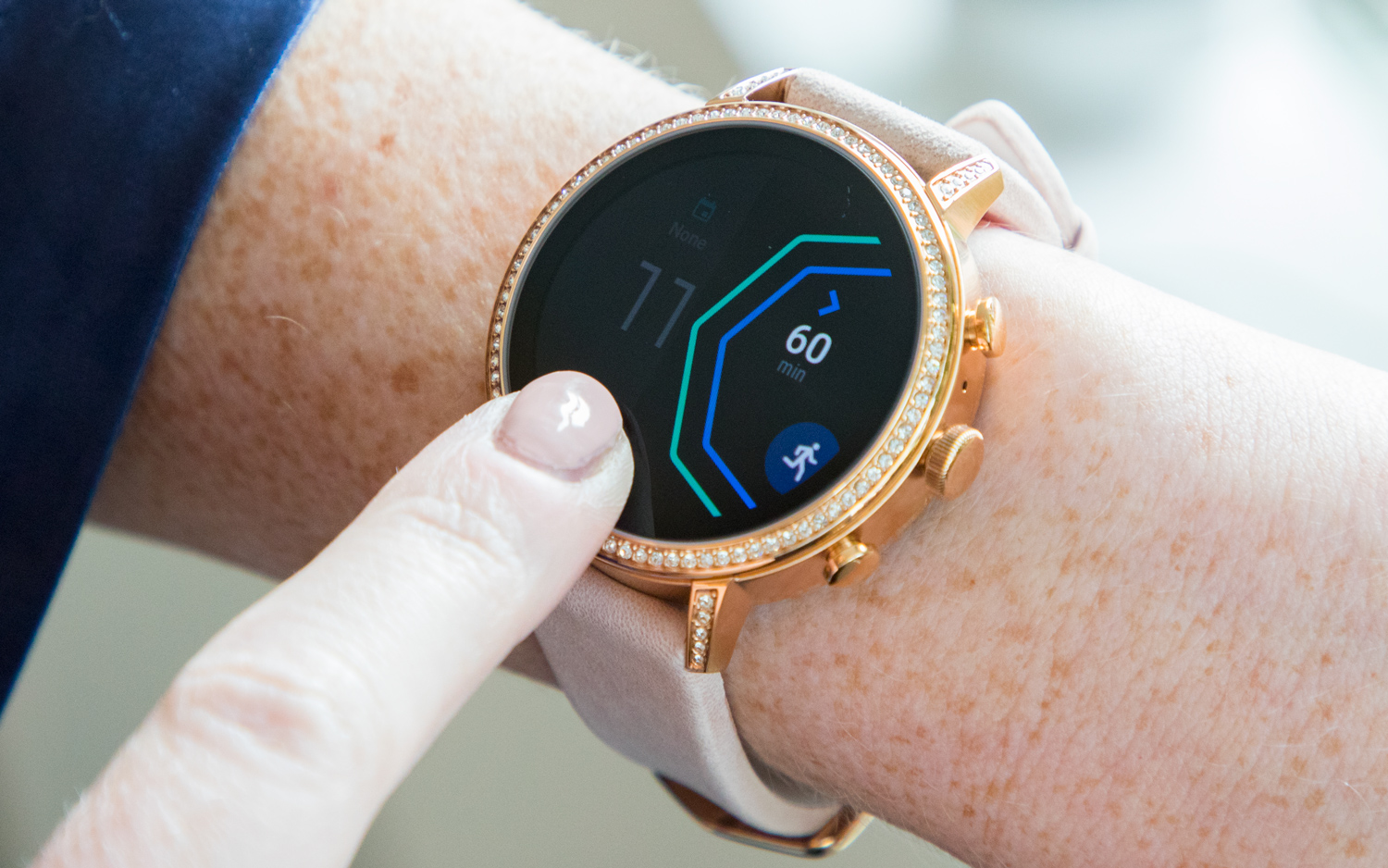
Google just made major changes to the software, pushing out a new version of Wear OS with a redesigned interface meant to fix all of the biggest problems with Android watches. With no Pixel Watch coming this year, the upgrade is the most meaningful improvement we'll see for Wear OS until the first watches with the latest Qualcomm chip launch (more on that later).
For a couple of weeks, off and on, I've been living with a fourth-gen Fossil Q Venture HR running the latest version of Wear OS. While the upgrade isn't quite as transformational as I had hoped, there's a lot to like about the latest version.
What's New in Wear OS
In the past, swiping left and right on a Wear OS watch didn't do anything but change the watch face. That wasn't very useful.
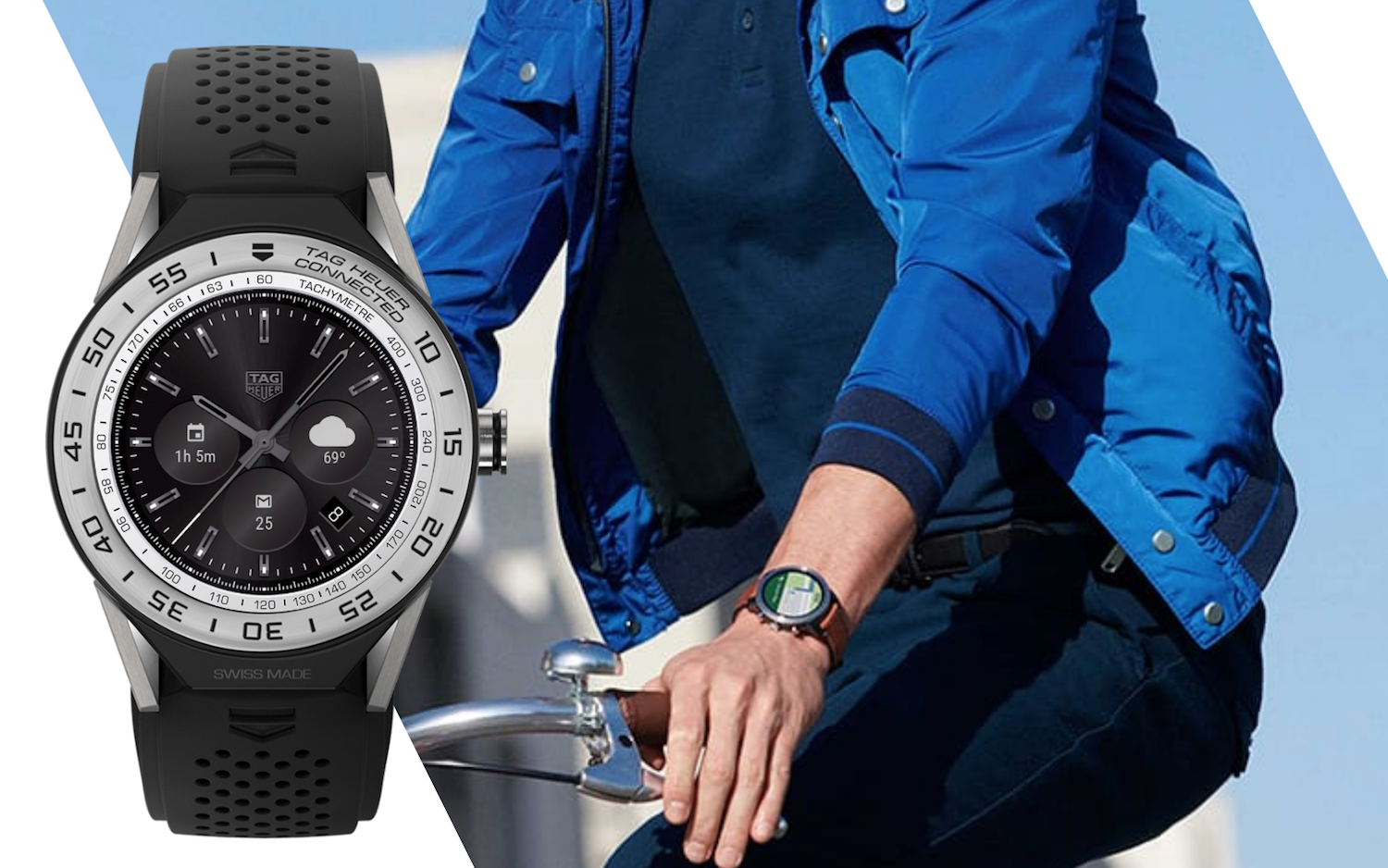
Now, a swipe to the right from the watch face pulls up Google Assistant's proactive view, which greets you with the weather forecast and a list of your upcoming events. A swipe to the left launches Google Fit, so you can view your activity overview or start a workout. A swipe up shows you all your notifications, and a swipe down pulls up shortcuts to Google Pay, Do Not Disturb, Airplane Mode and other quick actions.
MORE: Best Smartwatch - Top-Rated Watches for iPhone, Android
Pressing on the watch's crown pulls up the app drawer. You can also open the Google Play Store from the app drawer to install third-party apps directly on the device.
What I Love
Easily swipeable interface: The biggest improvement in the new Wear OS is the redesigned interface, which makes a smartwatch much easier to use. Instead of diving into the app drawer to start a workout early in the morning, I can simply swipe to the left and launch a run.
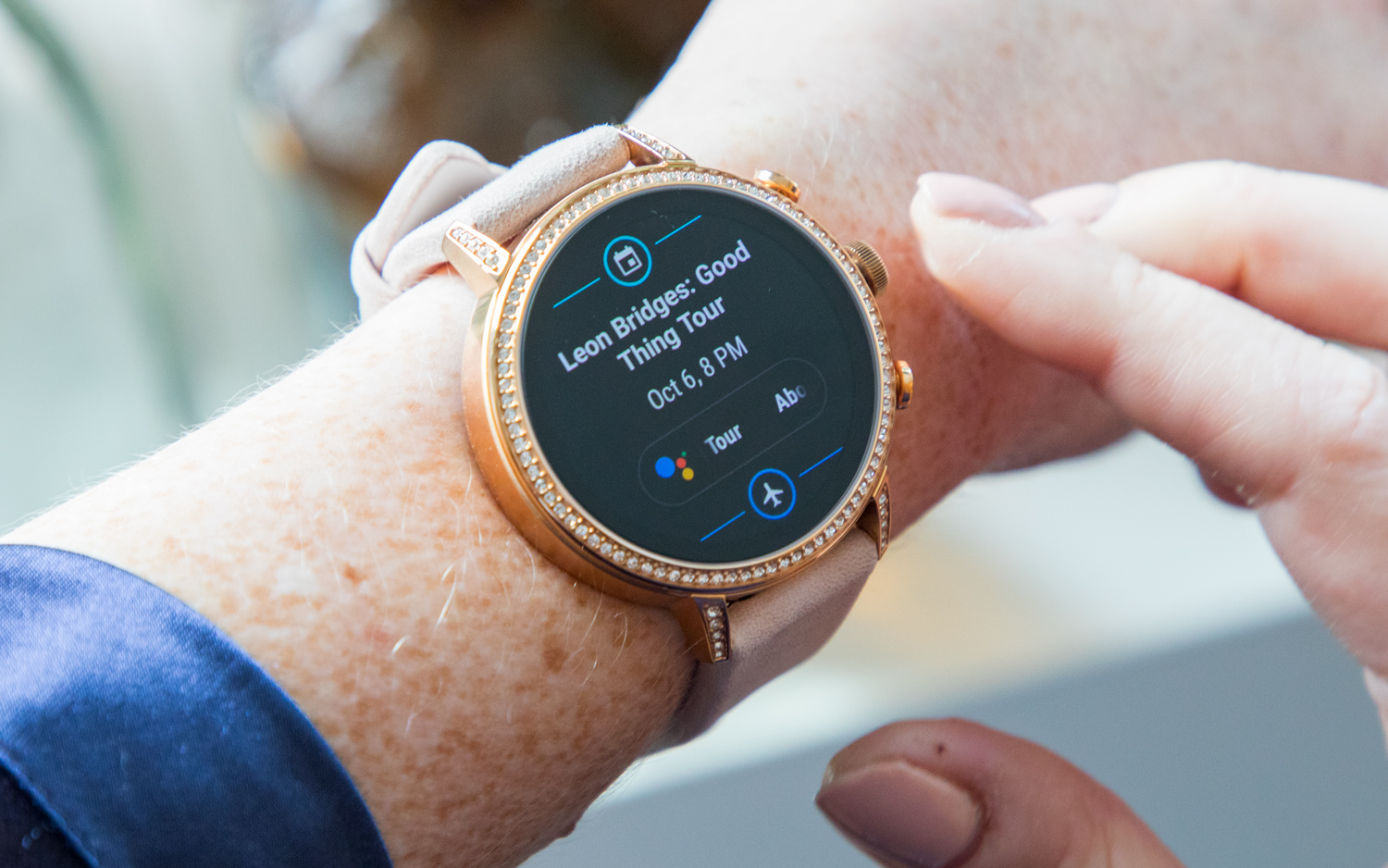
The biggest improvement in the new Wear OS is the redesigned interface, which makes a smartwatch much easier to use.
When my watch vibrates to signal an incoming notification, I can glance at the message immediately or wait a while and swipe up to view alerts that have been lingering. Swiping down to see the remaining battery percentage, Do Not Disturb, Airplane Mode and Google Pay is quick and easy, with more options than Wear OS 2.0 offered. And the new proactive-assistant view, which you get via a swipe to the right from the home screen, offers a useful overview of all the important events on your calendar and, of course, the day's weather.
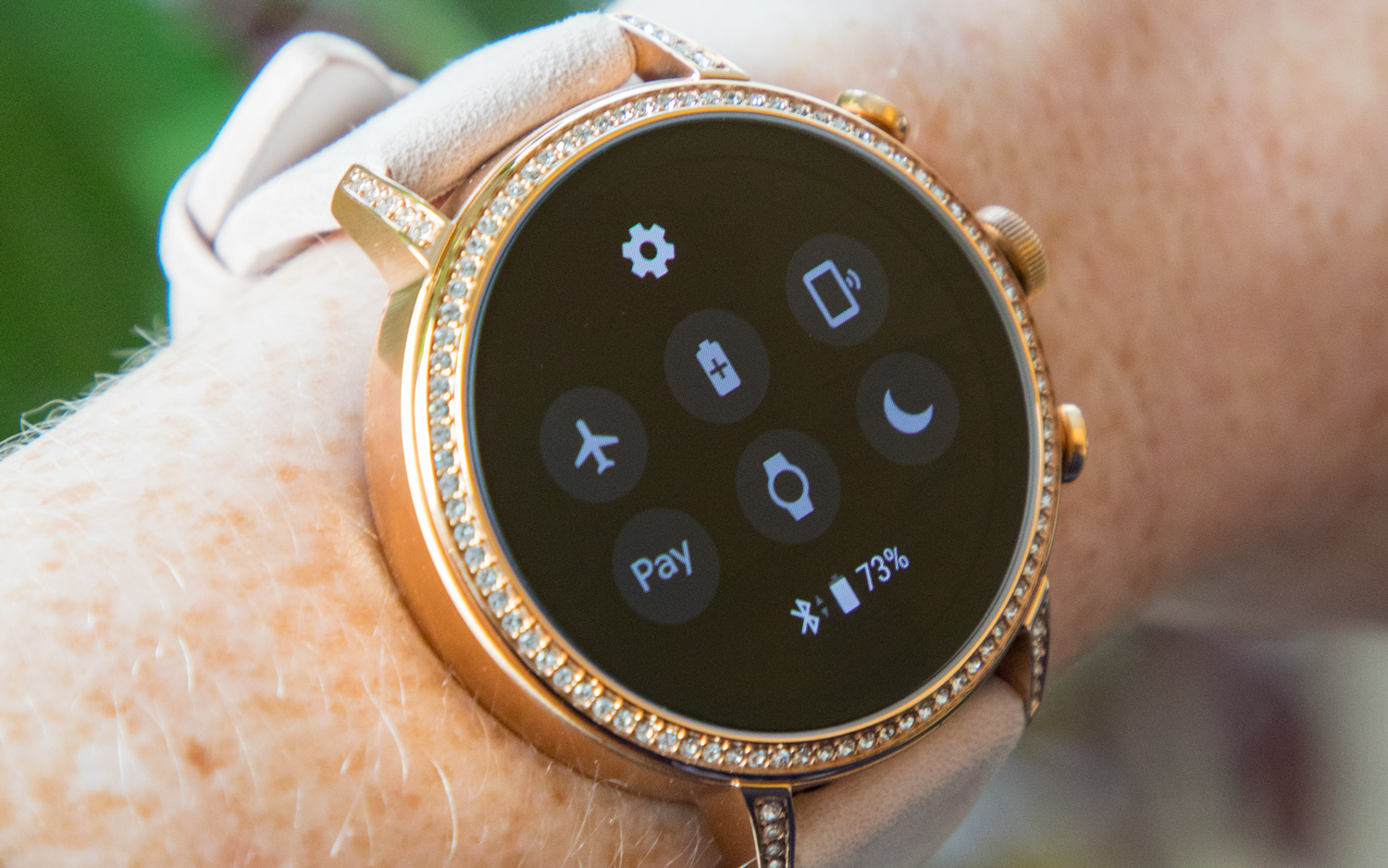
Proactive assistant: The second-best new feature that Google introduced in Wear OS is the new Google Assistant view, which you access via a swipe to the right from the watch face. From there, you can see the date and the weather, tap to ask Google Assistant a question, and see upcoming events. You can't choose which events appear in the Assistant view, which I don't love. I have three upcoming flights, a hotel stay and a car rental reservation that the Assistant thinks are more important than my weekend plans, but I'd prefer to see every calendar event at a glance.
What I Hate
Fitness features need improvement: Google Fit, the default Wear OS fitness app, is extremely basic. You can launch a workout from your wrist and track essential data like mileage, pace and heart rate (if your Wear OS watch has a heart rate sensor), but you can't see every metric on screen at once, and swiping with a sweaty finger is disastrous. I also noticed that the watch's measure of my pace per mile was consistently off, swinging wildly from 20 minutes to 10 minutes and everywhere in between even though I was jogging at a steady pace.
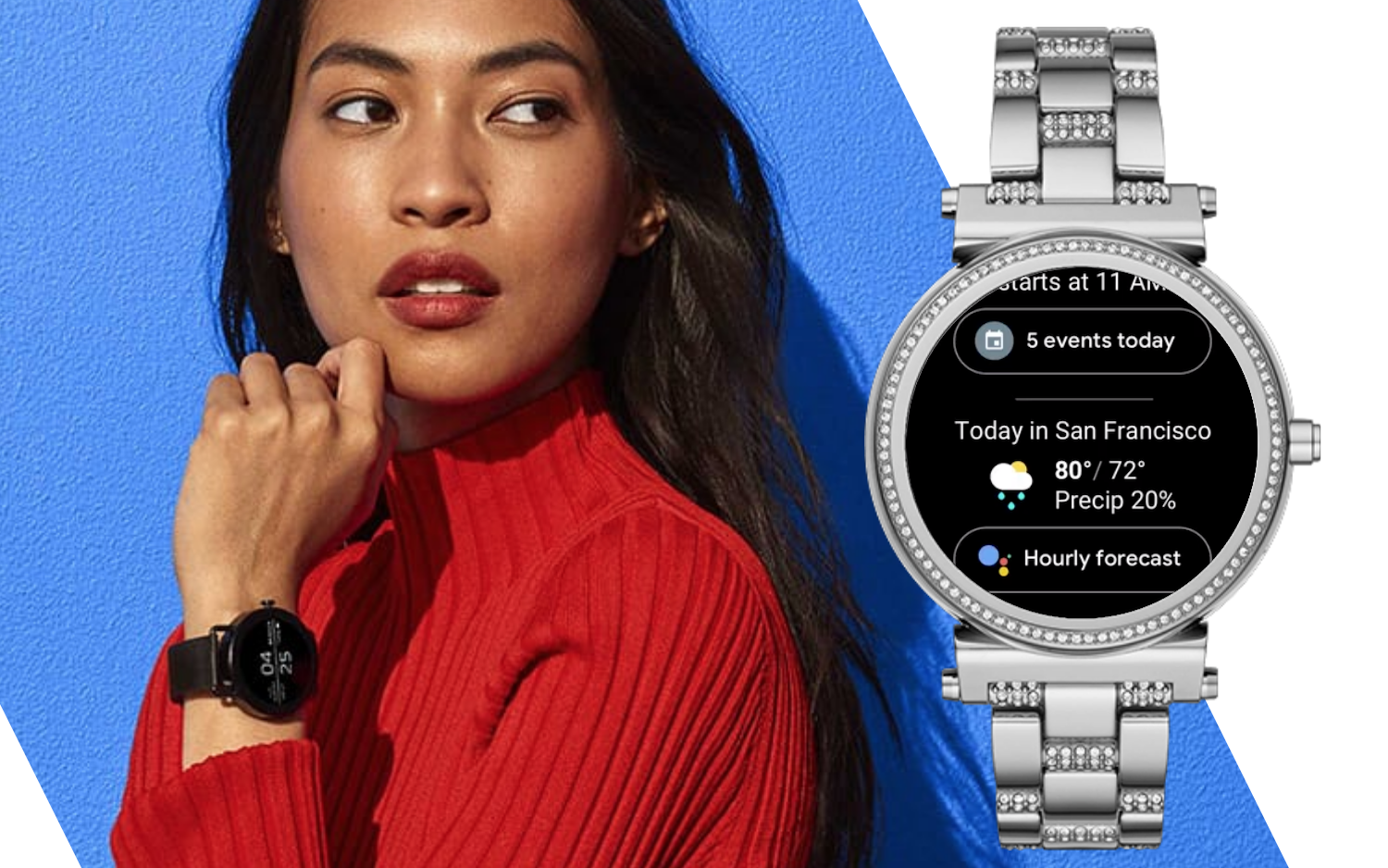
Wear OS measures your fitness level in two new ways: Move Minutes and Heart Points. Move Minutes are easy enough to understand: the more you walk, the more Move Minutes you earn. Heart Points, on the other hand, seem pointless. Google says it came up with the new metrics in partnership with the American Heart Association, and they’re intended to motivate you to get your blood pumping. But the Wear OS app doesn't make it clear what a Heart Point is, how you earn one or what the benefits are of closing your Heart Points octagon. (For whatever reason, Move Minutes and Heart Points are displayed as octagonal rings instead of circular ones.) Heart Points fail to motivate, because I don't know what they tell me about my health.
I installed a third-party workout app, Runtastic, to see if it was more advanced than Google Fit. Runtastic, which Google recommended in its Play Store on the watch, is far more limited on Wear OS than on the Apple Watch. I normally love Runtastic, but when I used it to track a 3.5-mile run with Wear OS, it showed me only distance, pace and time elapsed.
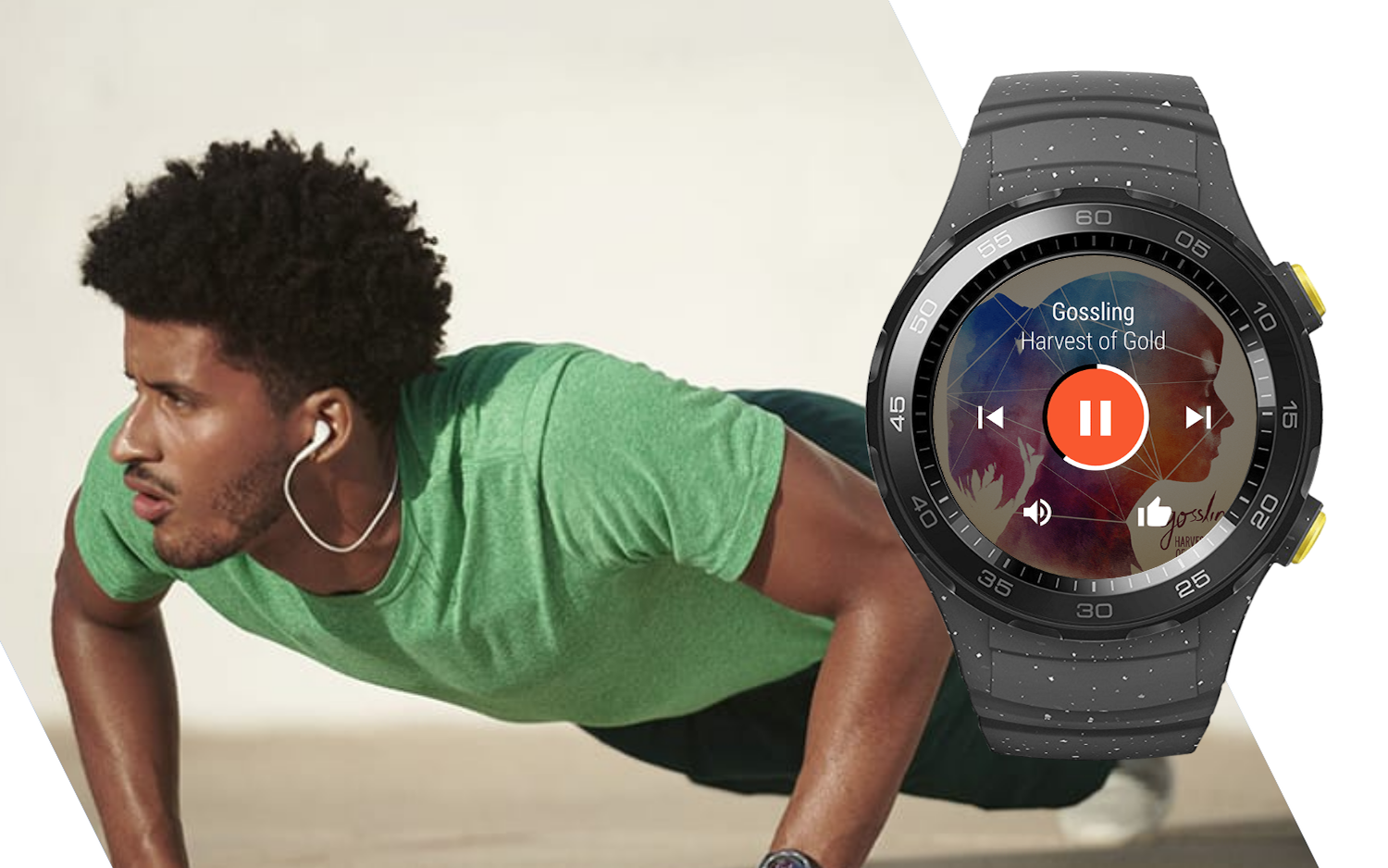
I wish Google would make the watch's default Google Fit app more robust, to compete with the Apple Watch's Workout app, which shows you a slew of metrics at a glance, can track multiple exercises in the same workout, and lets you share activity with and compete against friends.
Poor battery life: Another issue Wear OS hasn't fixed is poor battery life. The Fossil I used to test the new Wear OS upgrade didn't even last an entire day on a charge. I strapped this watch to my wrist at 6:45 a.m. for a 3-mile run, which sucked up 25 percent of the device's battery life. By 6 p.m., the Fossil's battery was down to 13 percent.
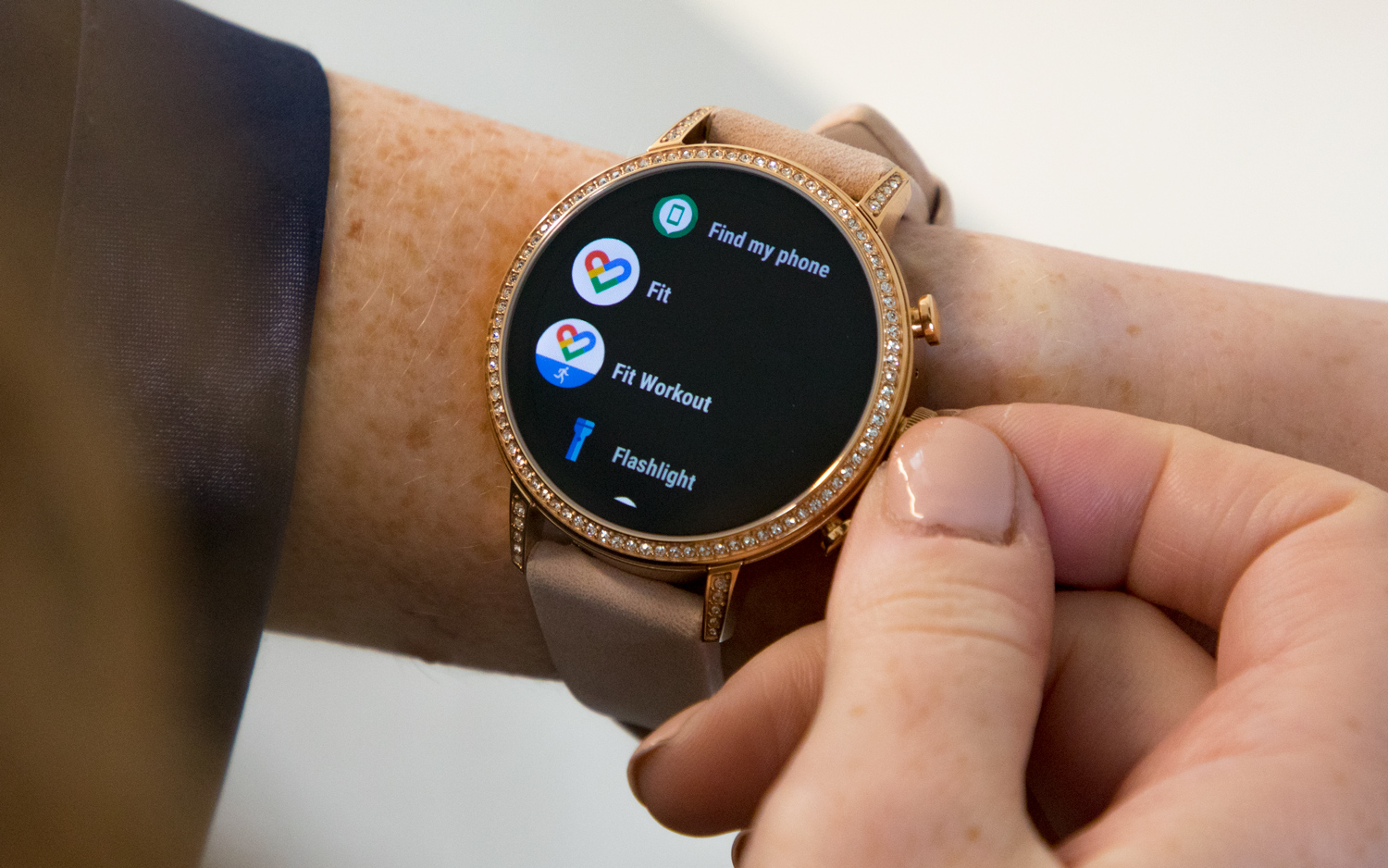
Some watches can extend endurance with modes that turn off smart features so you can use the watch simply to tell time, but the latest Apple Watch can last a day and a half on a charge — and that's on the low end for smartwatches. Samsung's Galaxy Watch, which runs on Samsung's Tizen OS platform, lasts four days. Google has said battery life for Wear OS watches is a priority, but so far, we haven't seen any improvements.
Saving a Google Fit workout takes several seconds, with the process accompanied by a spinning wheel on screen. That should happen instantly.
Performance lag: One of the biggest issues I have with Wear OS watches is how slow they are, which is largely attributed to Qualcomm's Snapdragon Wear 2100 chip. Apps take too long to load, workouts take too long to save, and sometimes the watches crash or freeze for no apparent reason.
MORE: Which Android Wear OS Smartwatches to Buy and Avoid
Qualcomm recently announced a new smartwatch CPU, but there are no watches on the market yet that incorporate the Snapdragon Wear 3100 chip. Google's Wear OS upgrade goes a long way toward fixing some of those issues, mainly by putting more features a swipe away to cut down on loading times. But compared to an Apple Watch, Wear OS watches are slower than they should be. For instance, saving a Google Fit workout takes several seconds, with the process accompanied by a spinning wheel on screen. That should happen instantly. But the upgrade does make a difference in speed, and I haven't experienced any crashes since installing the new OS on the Fossil.
Bottom Line
People regularly ask me if smartwatches are worth buying, and if so, which one to get. It's an incredibly personal decision, because unlike a phone, a watch isn't (yet) a must-have. That's particularly true of Wear OS watches, which don't have the advanced health and fitness tracking you can find in an Apple Watch or a Fitbit Versa, don't offer music storage, have unimpressive battery life, and are generally slower than rival watches on the market.
This software upgrade doesn't change any of that.
The perfect Wear OS watch doesn't exist yet. Perhaps Google will have to make it. The company doesn't plan to release a Pixel Watch anytime soon, but I hope one day we see Google's smartwatch vision fully realized. Maybe then, a Wear OS watch will be worth buying.
Credit: Tom's Guide
Sign up to get the BEST of Tom's Guide direct to your inbox.
Get instant access to breaking news, the hottest reviews, great deals and helpful tips.
Caitlin is a Senior editor for Gizmodo. She has also worked on Tom's Guide, Macworld, PCWorld and the Las Vegas Review-Journal. When she's not testing out the latest devices, you can find her running around the streets of Los Angeles, putting in morning miles or searching for the best tacos.
